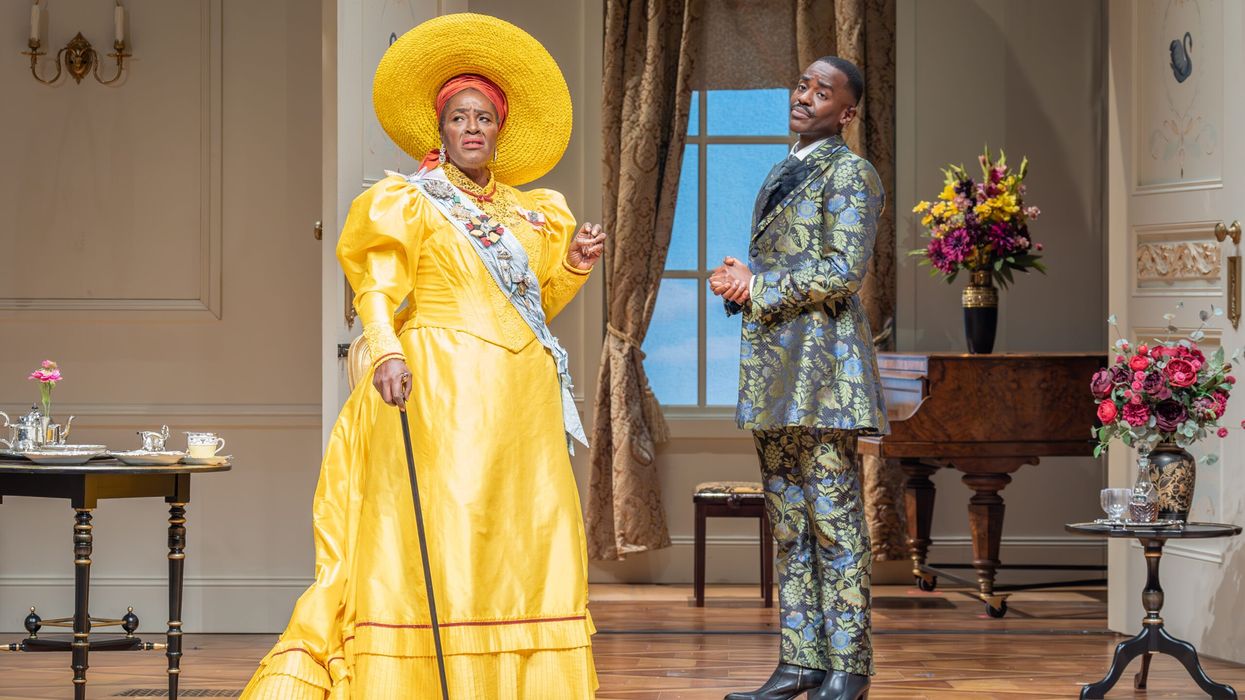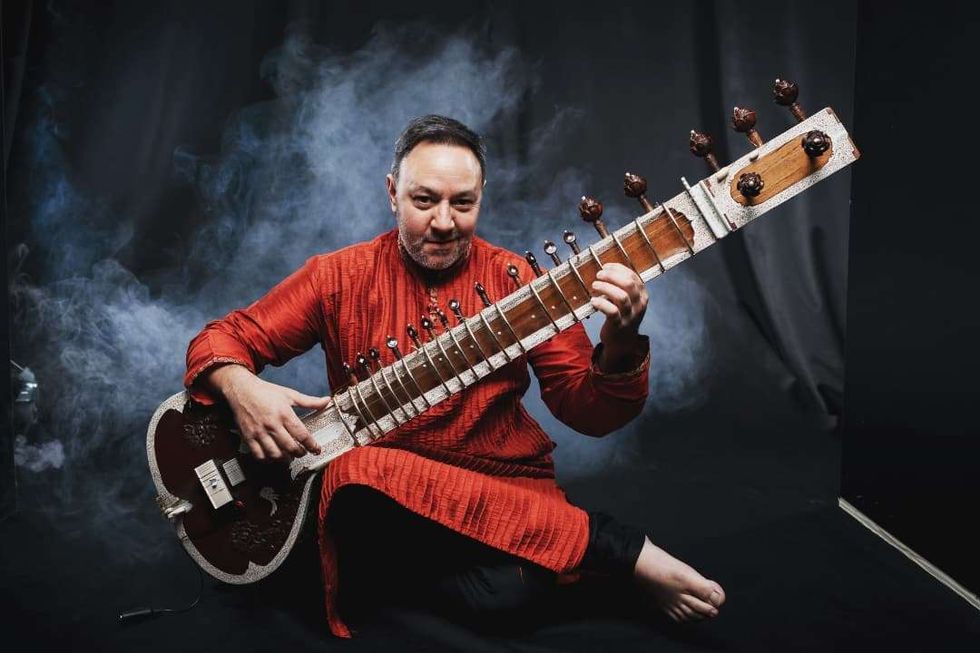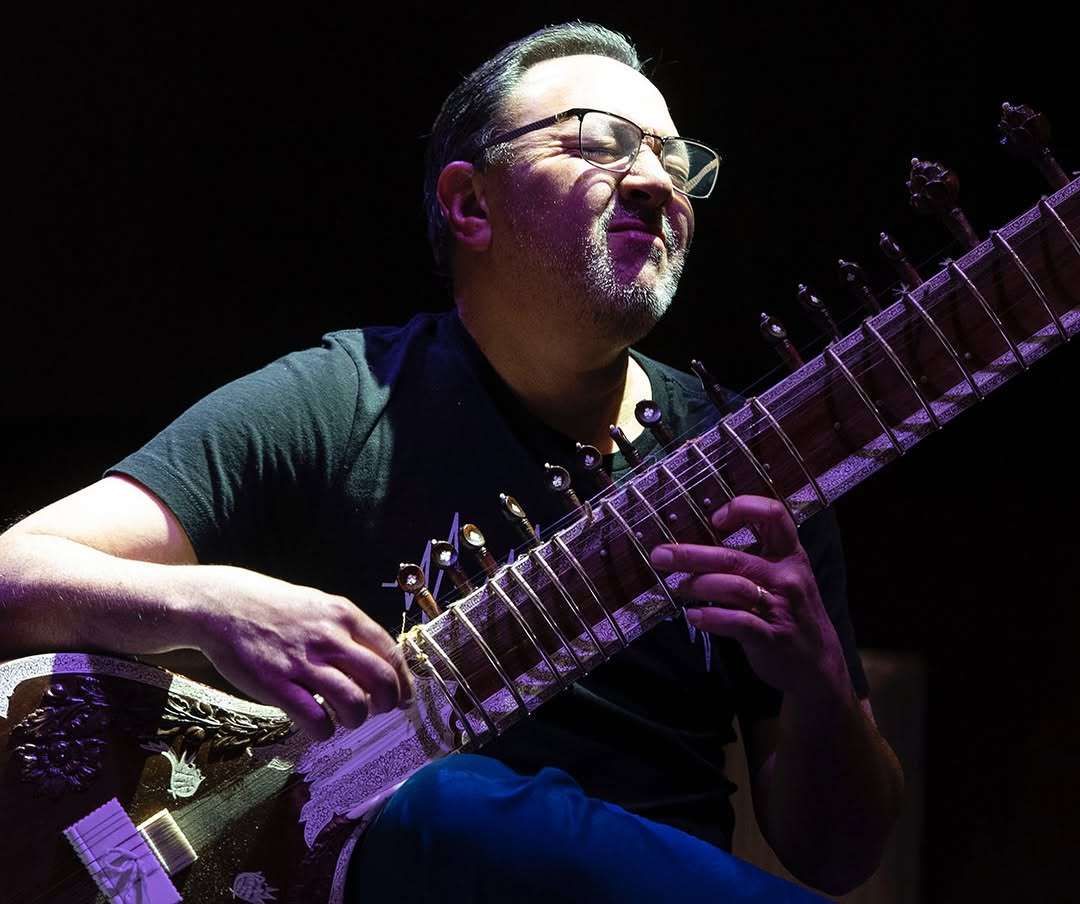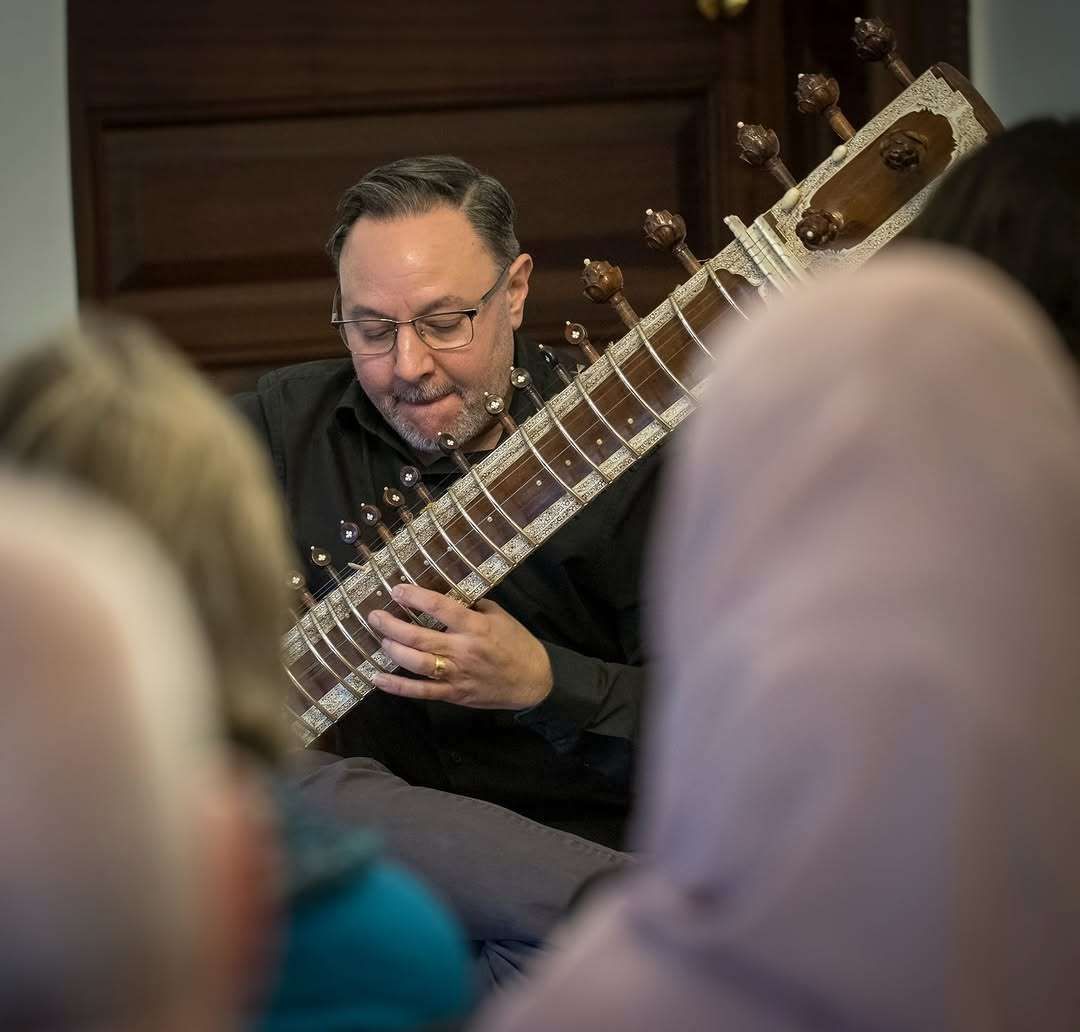HINDI cinema icon Amitabh Bachchan has an enviable repertoire of blockbusters that defined his superstardom, but among his most underrated gems is the suspenseful drama Majboor.
Released on December 6, 1974, this gripping tale of a terminally ill man who falsely confesses to a murder to secure his family’s future, only to fight for his innocence after being cured, remains a timeless classic.
To mark its 50th anniversary, Eastern Eye revisits the film’s standout scenes that continue to captivate audiences.
Daydream: Farida Jalal delivers a poignant performance as Ravi’s wheelchair-bound younger sister, whose playful and optimistic spirit shines early in the film. In a memorable sequence, she imagines winning the lottery and escapes into a fantasy of visiting serene mountains. The moment is heartbreakingly interrupted by the reminder of her disability, powerfully portraying the fragile balance between hope and reality.
Trigger point: The story begins with Ravi (Bachchan) suffering bursts of inexplicable pain in the head, leading to a life-altering diagnosis. The sequence where Ravi learns about his brain tumour showcases a range of emotions – from shock and denial to desperate suggestions and reluctant acceptance. His earlier light-hearted conversation about old age with his girlfriend underscores the unpredictability of life.
Self-incrimination: The film’s central plot unfolds when Ravi frames himself for a murder he did not commit. The intricately executed scene sees him planting evidence at a secluded location, leaving cigarette stubs and lighting fires strategically. The audience remains unaware of his intentions until his anonymous call to the police reveals the gravity of his actions.
Farewell: One of Bachchan’s most heartwrenching performances comes as Ravi bids farewell to his family. Unbeknownst to them, he is about to be arrested. Suppressing his emotions, Ravi offers a tearful smile, walking resolutely toward the police. The raw vulnerability in his expression leaves a lasting impact.
Turning point: The story takes a sharp twist when Ravi miraculously survives treatment and realises he must now prove his innocence to avoid the death sentence. The desperation in his emotions as he comes to terms with his predicament signals the monumental task ahead, elevating the film’s tension.
Escape: Ravi’s daring escape from a policeguarded hospital room is one of the film’s most thrilling moments. The clever and calculated sequence, followed by an intense chase, foreshadows similar action scenes in later Bachchan classics like Don (1978).
Expressions: In a deeply emotional family scene, Ravi returns home while on the run, unaware that the police are nearby. His sister discreetly alerts him to their presence without drawing attention. In this tense moment, not a single word is exchanged between Ravi, his mother, and his sister. Instead, their eyes do all the talking, conveying a powerful mix of hope, encouragement, and resilience as they face their challenging circumstances together.
Michael: Pran’s entry as Michael D’Souza is a late but unforgettable highlight. His stylish swagger – cigarette in mouth, hands mimicking binoculars – is both amusing and iconic. The comedic daroo ki botal song adds another layer to his roguish charm, solidifying his presence as a standout character.
Teaming up: Michael’s connection to Ravi’s innocence makes their meeting inevitable. Despite being a thief, Michael has principles and defuses the tension when he learns of Ravi’s predicament. The unlikely alliance between the haughty crook and the vulnerable fugitive adds a compelling layer to the story as they work together to solve the mystery. A particularly moving moment occurs when Michael meets Ravi’s family. Their innocence and anguish touch the hardened rogue’s heart, leading him to sincerely pledge to restore their happiness in a heartfelt and poignant scene
Climax: Pran dominates the film’s final act, with his confrontation with Satyen Kappu marking a pivotal moment. After uncovering the real murderer, Michael’s heroism reaches its peak during the climactic shootout. His determination to hold the culprit captive while fighting for his own life is gripping. True to his word, he fulfills his promise to Ravi’s sister before succumbing, leaving an indelible mark on the audience.






 Jonathan Mayer on the sitar and beyond Instagram/the_sitarist/ @sat_sim
Jonathan Mayer on the sitar and beyond Instagram/the_sitarist/ @sat_sim  Redefining Indian classical music with Jonathan Mayer Akil Wilson
Redefining Indian classical music with Jonathan Mayer Akil Wilson Jonathan Mayer on music without boundaries Instagram/the_sitarist/
Jonathan Mayer on music without boundaries Instagram/the_sitarist/ Jonathan Mayer on teaching and performing Indian music Instagram/
Jonathan Mayer on teaching and performing Indian music Instagram/






